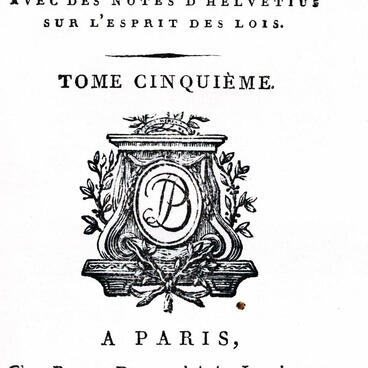The exhibition of the Penza Literature Museum includes a photo featuring the six-year-old Nikolai Zadornov (the future writer) and his brother Boris. The photo, along with other artifacts, was donated to the museum by the children of Nikolai Zadornov — his son, the famous satirical writer Mikhail Zadornov, and his daughter, Lyudmila.
The exhibit is distinguished by the interesting design of the branded passe-partout (mat) and the reverse side. The portrait is surrounded by a double narrow frame, with wider brown margins around its perimeter. This type of photograph belongs to a particular style — the cabinet card. The photo was printed on matte paper using a neutral tone. Designing the picture frame was a rather challenging process that required the photographer to have certain skills. Obtaining the picture itself was also quite complicated. It involved a technique known as the collodion process. The image was produced on a glass plate covered with a collodion emulsion — a transparent silver-containing liquid that, upon drying, formed a stable, transparent film. The entire process had to be done quickly, within the span of about 10 to 15 minutes, before the plate dried. The use of this technique helped to achieve a better quality of photographs. A crucial factor in producing the mat was the quality of the cardboard which had to be dense. A small, thin photo was glued onto its surface.
The cabinet card became a popular style of portrait
photography in 1870. Such photos were thin albumen prints, the primary
difference being that the cabinet card was larger. The passe-partout was
attached to a cardboard base of 11 by 17 cm. Initially, this format was used
for horizontal landscape photography but was later adapted to vertical
portraits. In addition to its larger size, the cabinet card was characterized
by featuring a lot of information about the photographer printed on the front
or back side.


